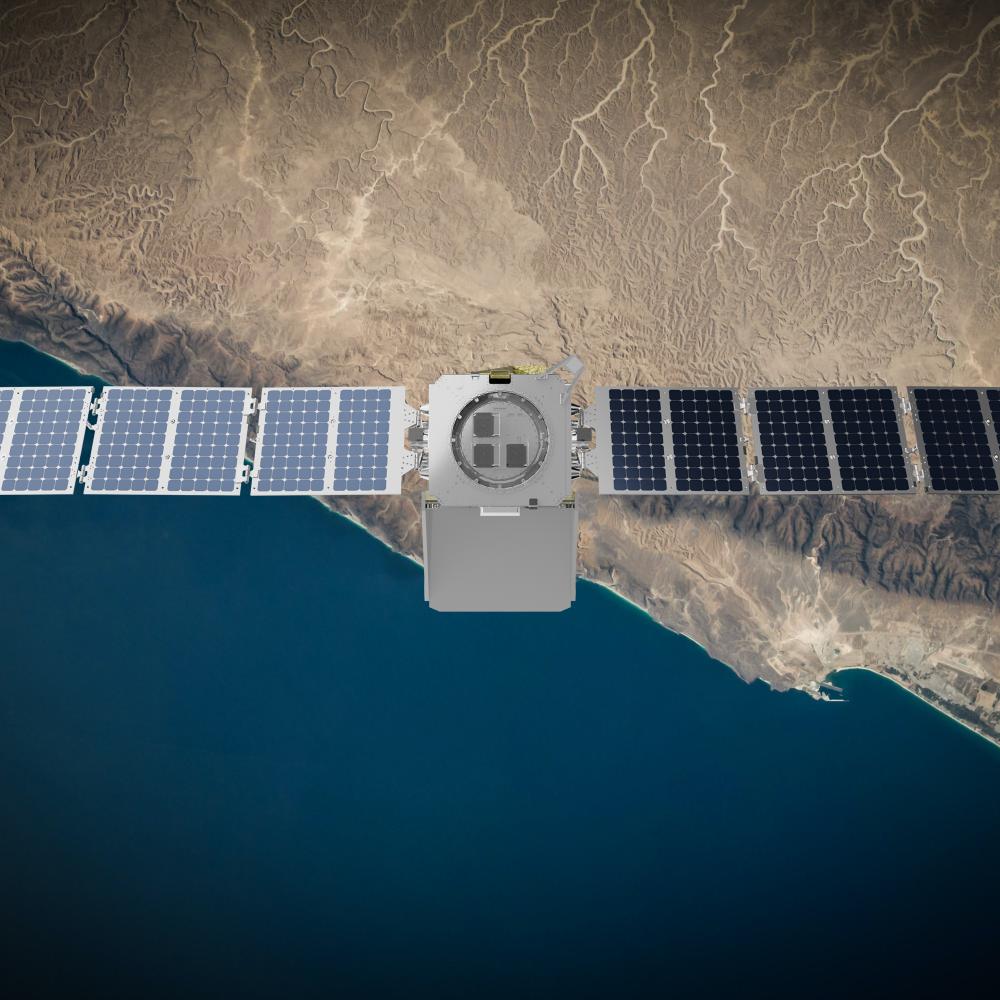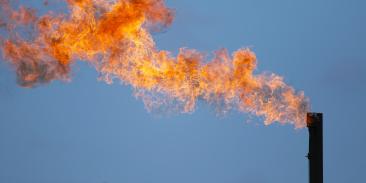MethaneAIR is a crucial innovation in EDF’s work to find and reduce emissions of methane, a potent, planet-warming greenhouse gas.
Developed by scientists from EDF, Harvard and the Smithsonian Astrophysical Observatory, MethaneAIR deploys groundbreaking technology aboard a jet to track methane from oil and gas operations and other sectors.
Scientific instruments on the research jet can detect emissions with unparalleled precision, allowing MethaneAIR to provide a detailed look at methane pollution over wide areas, from sources large and small.
The project has enabled our team to demonstrate and refine the revolutionary approach to slow global warming that will be used by MethaneSAT, a satellite we launched this year.
How MethaneAIR is making a difference for our climate
Cutting methane is a powerful opportunity to slow global warming and limit the worst impacts of climate change, from disrupted food supplies to extreme weather. But methane is invisible.
That’s where MethaneAIR comes in. By revealing the sources of this invisible gas, it’s designed to help industry and regulators achieve faster, more effective reductions in emissions.
Fossil fuel operations, agriculture and landfills are all sources of methane emissions. MethaneAIR can map methane from all these sectors.
The aircraft has flown over major U.S. oil and gas regions to gather data, laying the groundwork for MethaneSAT, which will take this work global — and help hold polluters accountable.
Did you know? Natural gas is mostly made of methane, a climate pollutant that is accelerating global warming. Methane has more than 80 times the warming power of carbon dioxide in the first 20 years after its release.
Scenes from a flight test of MethaneAIR. Clockwise from left: A staff member from IO Aerospace, the company that refitted the MethaneAIR jet, aboard the aircraft; data collection; and the spectrometers that help detect emissions.
Inside MethaneAIR, our eye in the sky on methane
How it works: MethaneAIR is a Learjet that’s been specially modified to hunt for methane from high altitudes.
The aircraft operates at about 40,000 feet, above most commercial air traffic. (Greenhouse gas emissions from flights are carefully calculated and offset through investment in high-integrity emission reduction projects.)
On board, instruments called imaging spectrometers measure methane in the atmosphere with unparalleled sensitivity, tracking changes in atmospheric concentrations as small as 3 parts per billion.
MethaneSAT will use similar methods to map methane over even larger areas and rapidly make that data publicly available.
See how MethaneSAT is different than other methane-tracking satellites
How we got to this methane moment
MethaneAIR and MethaneSAT build on more than a decade of EDF driving action on methane.
With partners, we analyzed methane emissions in the world’s largest oil field; deployed methane detection sensors on everything from cars to cell phone towers; and helped put methane at the forefront of the global climate agenda.
Next up: The data from MethaneAIR and MethaneSAT will enable companies and governments to speed up emissions cuts. At this critical point in the climate crisis, there’s no time to waste.
Our MethaneAIR experts
Scientists from EDF, Harvard University and the Smithsonian Astrophysical Observatory partner on MethaneAIR. Meet some key EDF team members.
-

Steven Hamburg
Senior Vice President, Chief Scientist
-

Ritesh Gautam
Lead Senior Scientist
-

Katlyn MacKay
Scientist, Global Methane
-

Mark Omara
Senior Scientist, Global Methane
-

Daniel Zavala-Araiza
Senior Scientist II
MEDIA CONTACT
Jon Coifman
(212) 616-1325 (office)
(917) 575-1885 (mobile)









.jpg?h=f2fcf546&itok=UoQZnqXP)




